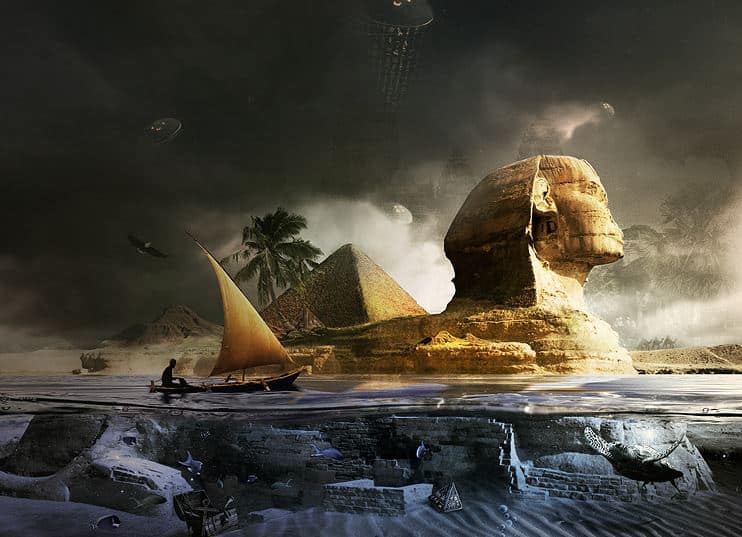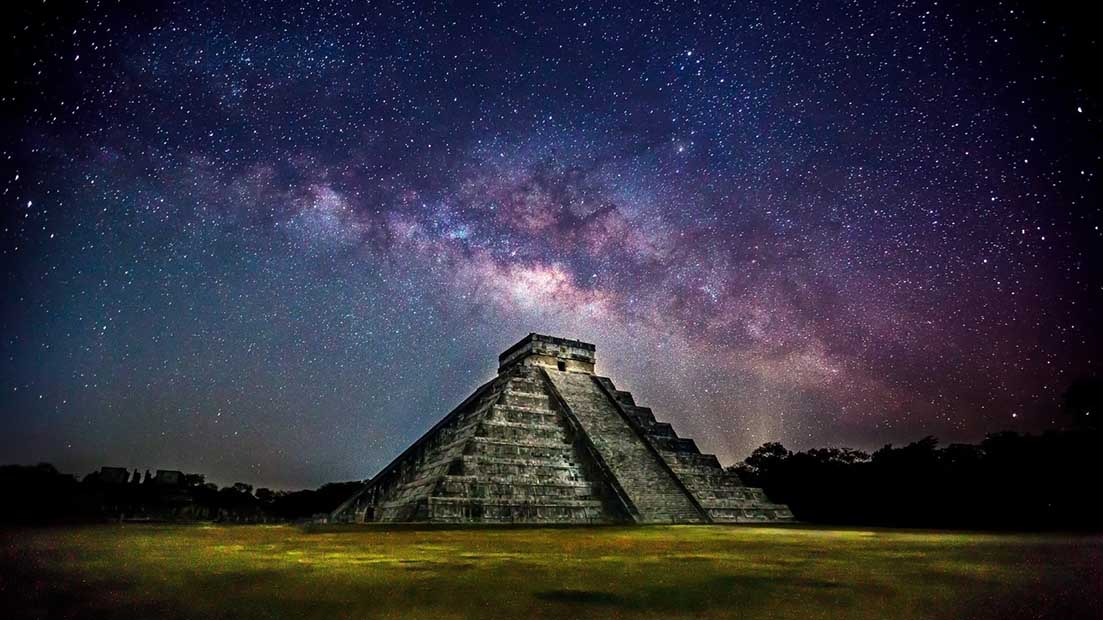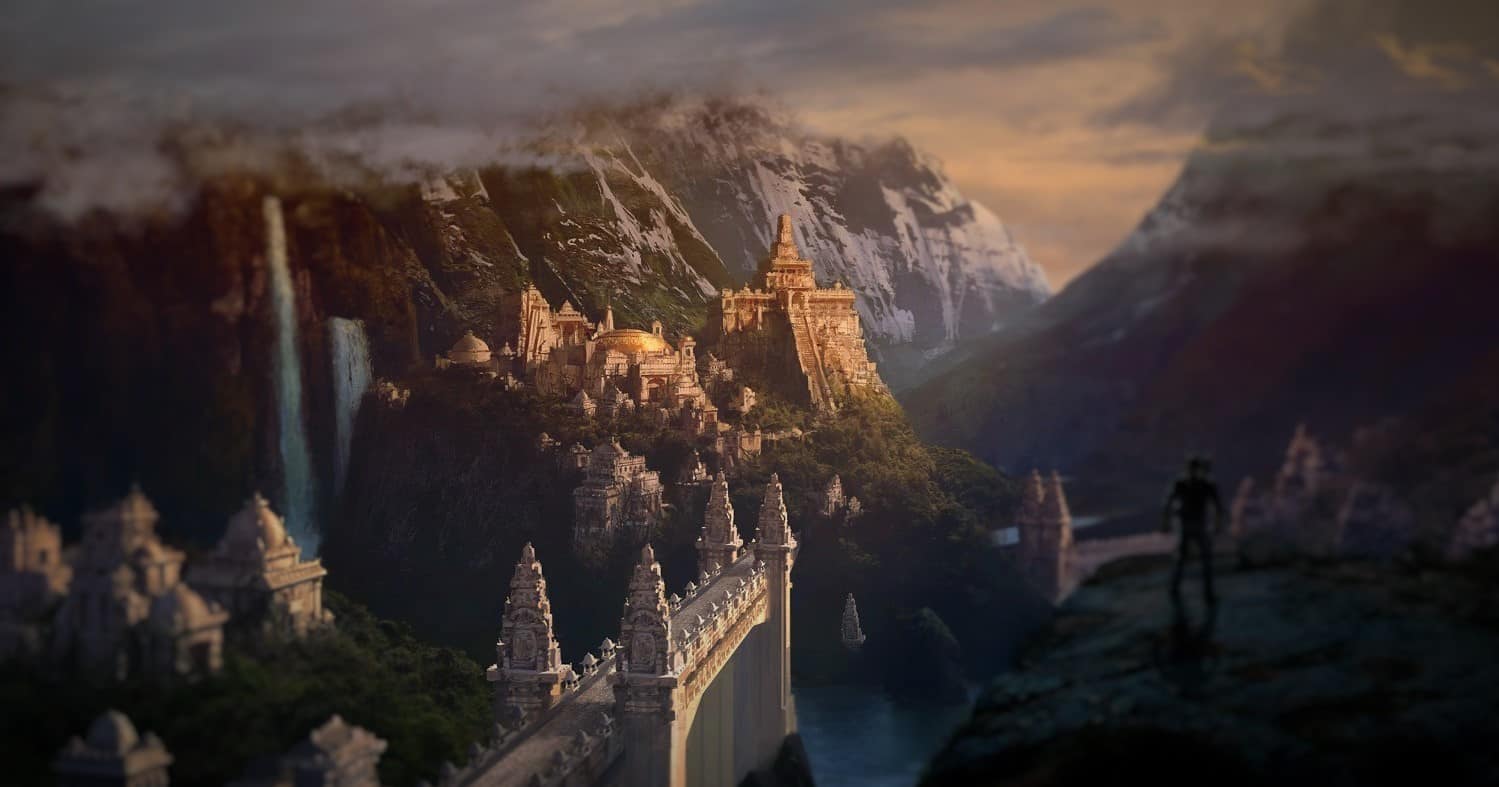
Juan Ponce de Leon is probably best known for discovering what is now known as the U.S. state of Florida, but he’s also associated with a search for the so-called “Fountain of Youth” which would supposedly make one young again if they so much as bathed in or drank from the water.
But as with many things that get mythologized over time, it turns out that Ponce de Leon likely never went in search of any such fountain, according to Ancient Origins.
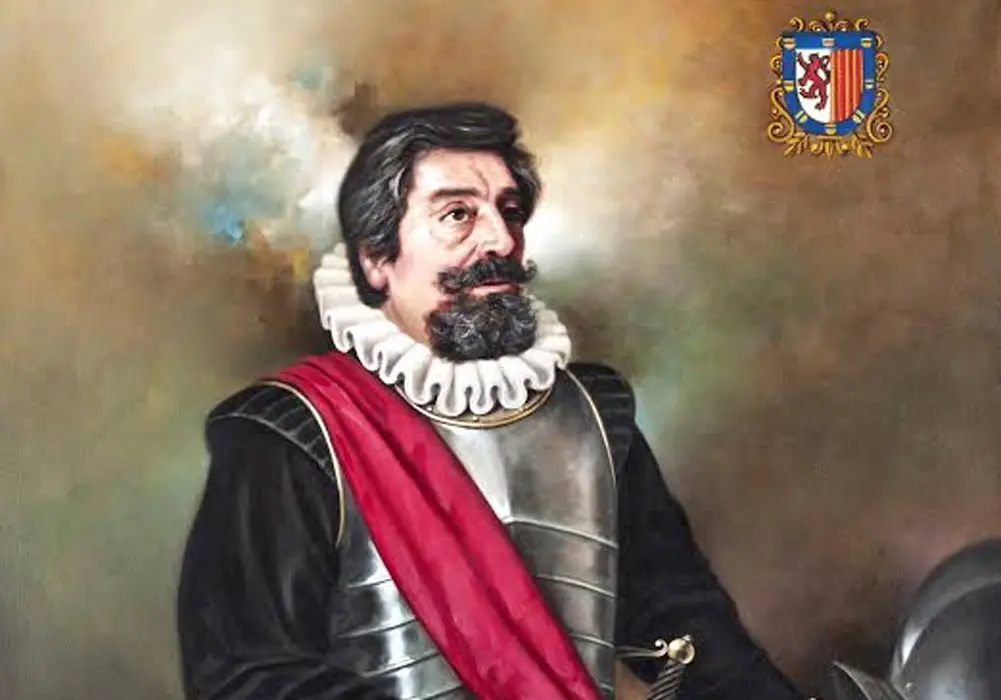
From Page to Explorer
Juan Ponce de Leon was born in 1460 (though some allege the actual year of his birth was 1474) to a poor family in Valladolid, Spain, and served as a page in the court of Aragon.
When he matured, Ponce de Leon became a solider, fighting in the Spanish military campaigns against the Emirate of Granada. But once the war ended, his services were no longer needed, so he decided to become an overseas explorer, hoping that he might gain fame and fortune as a result.
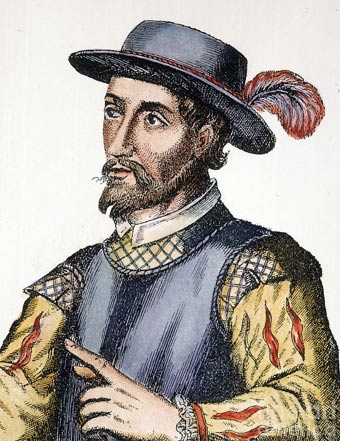
Ponce de Leon trained to be an explorer by joining the second expedition of Christopher Columbus to the New World in 1493. As a result of his service with Columbus, Ponce de Leon was named the military commander and later governor of the island of Hispaniola, which is now known as the Dominican Republic.
While serving as governor of Hispaniola, Ponce de Leon heard that another island, San Juan Bautista, was loaded with gold, so he obtained permission from the Spanish royal family to go and explore the island. A Spanish settlement was established on San Juan Bautista and once again Ponce de Leon became governor of what later became modern-day Puerto Rico.
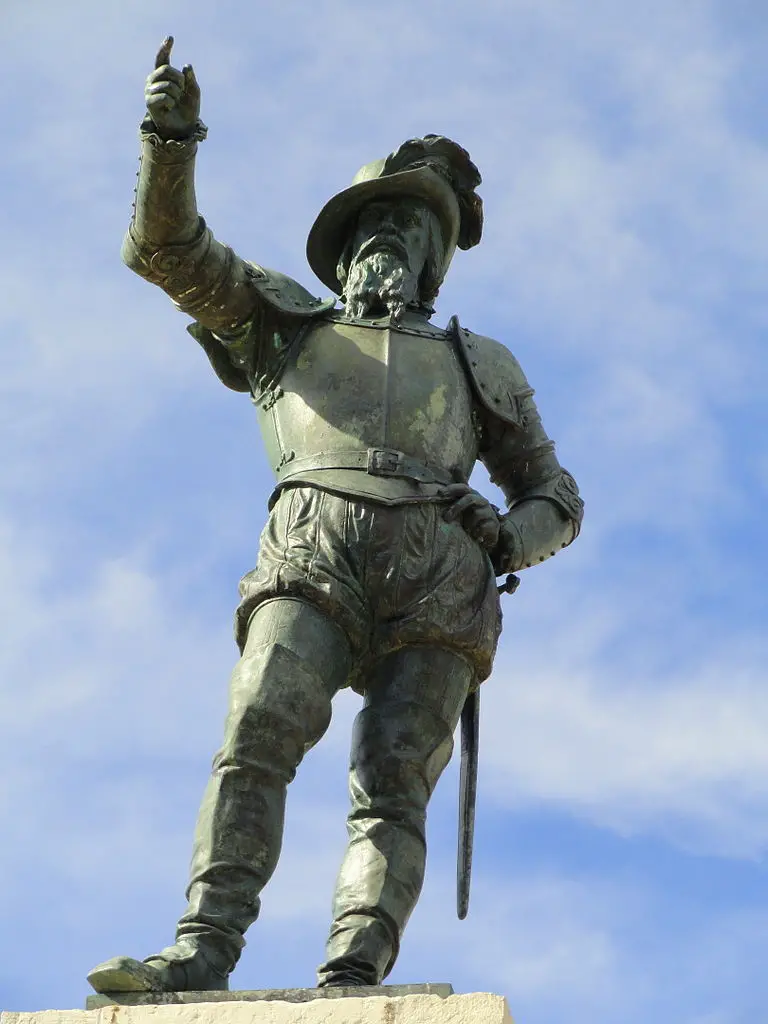
The Fountain of Youth?
As an explorer, Ponce de Leon was far from the only consquistador looking to make his name in the New World. And some of his rivals actively tried to bring about his downfall:
“In 1511, two years after he was granted the governorship of Puerto Rico, he was forced to surrender his position as the governor to Diego Columbus, the son of Christopher Columbus. As a form of compensation, the king of Spain offered him the mythical land of Bimini, assuming that Ponce de León was able to finance an expedition, and perhaps more importantly, find it.”
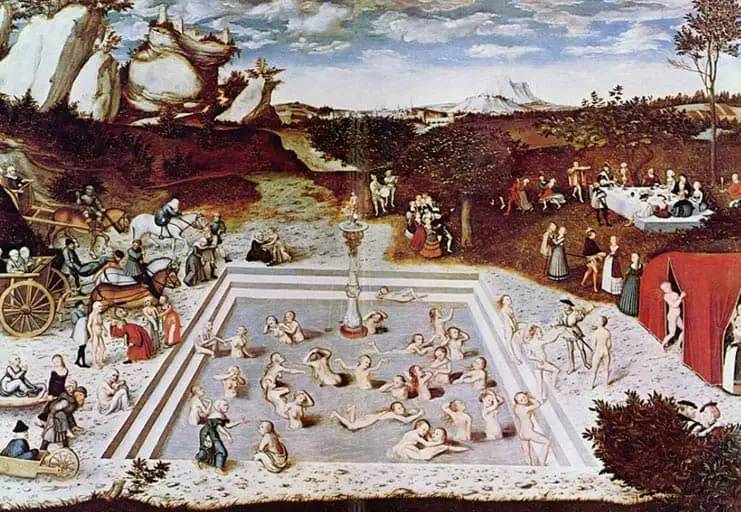
As he searched for the tiny island of Bimini, rumors spread that Ponce de Leon was actually seeking the elusive “Fountain of Youth,” but some historical scholars say that was never the the explorer’s intent:
“Instead, it was court politics that resulted in this connection. After Ponce de León’s death, a Spanish court chronicler by the name of Gonzalo Fernández de Oviedo y Valdés sought to discredit the conquistador. Oviedo was aligned with one of Ponce de León’s rivals, Diego Columbus.”
The court chronicler hated Ponce de Leon, so he slurred him as a fool who was motivated by ego and greed:
“In his Historia general y natural de las Indias, Oviedo relates a tale in which Ponce de León, having been deceived by the natives, goes on a wild goose chase for the ‘Fountain of Youth’, thus depicting him as a fool.”
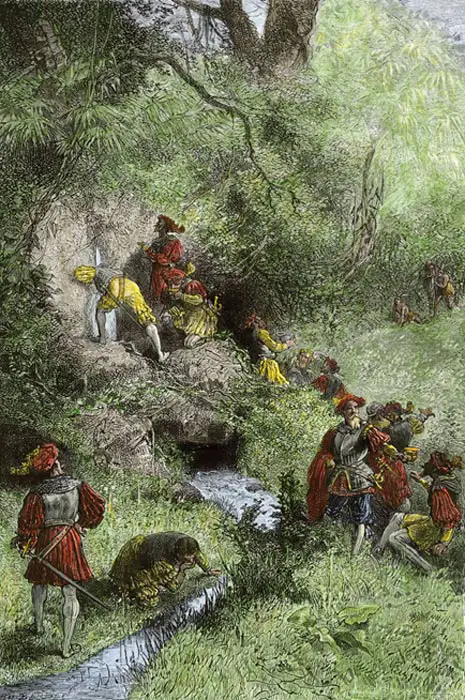
Florida Instead of Bimini
As he continued to search for Bimini, Ponce de Leon instead found Florida, which got its name from the fact that Ponce de Leon landed there during the Easter season, which in Spanish is known as Pascua Florida.
A year later, Ponce de Leon was given permission to colonize the region of Florida, but during the expedition the explorer was wounded in a thigh by an arrow. That wound later killed him at the age of 61.
But despite meeting his end while attempting to secure his place in history, Ponce de Leon gained a bit of immortality, and to this day is one of the most recognizable names of all the famous Spanish explorers, second only to Columbus himself, who was his mentor in the early days of his career.
Oddly enough, however, Ponce de Leon is now associated with the fictional “Fountain of Youth” which it appears was little more than an attempt to discredit him. Instead, it has given him the sheen of immortality all these centuries later.
Here’s more on the famed explorer:
https://www.youtube.com/watch?time_continue=2&v=lmRbNQBQ5OA
Featured Image: Madame Tussauds Orlando – Juan Ponce de Leon by Jared via Flickr (CC BY 2.0) with Fountain via Pixabay by Mabel Amber

